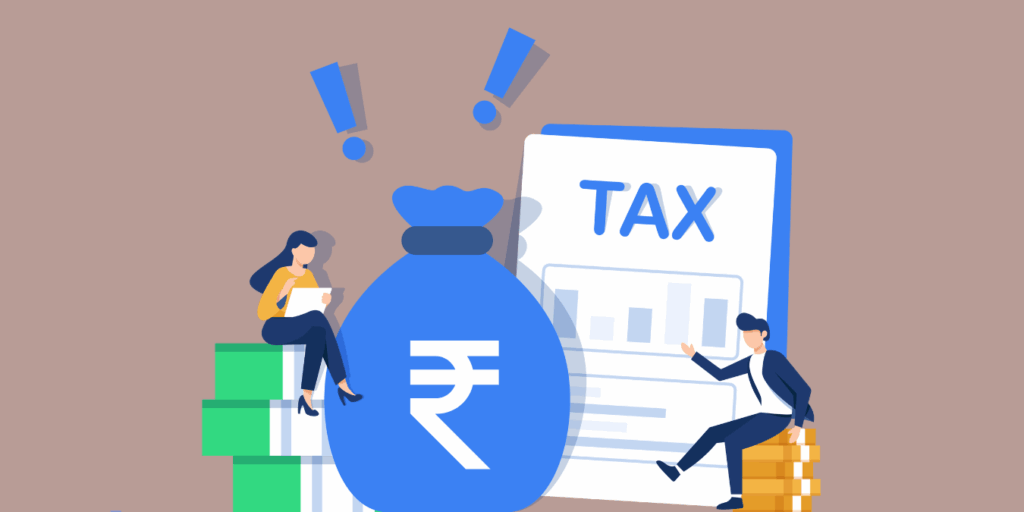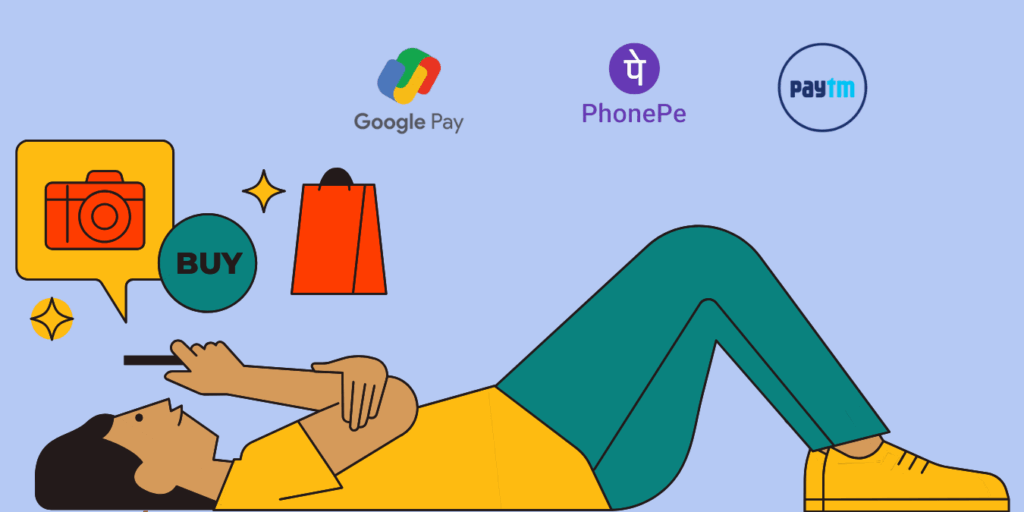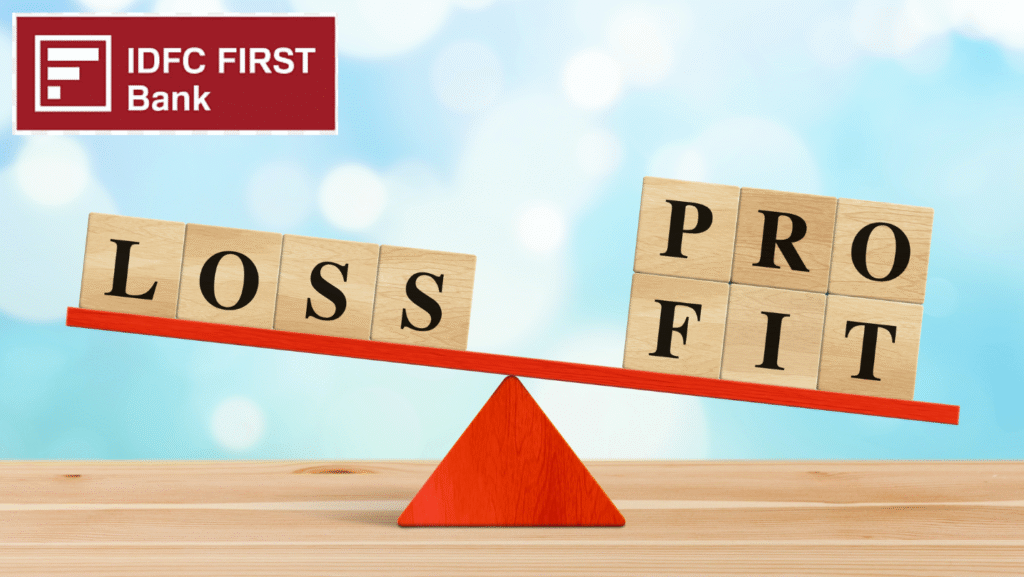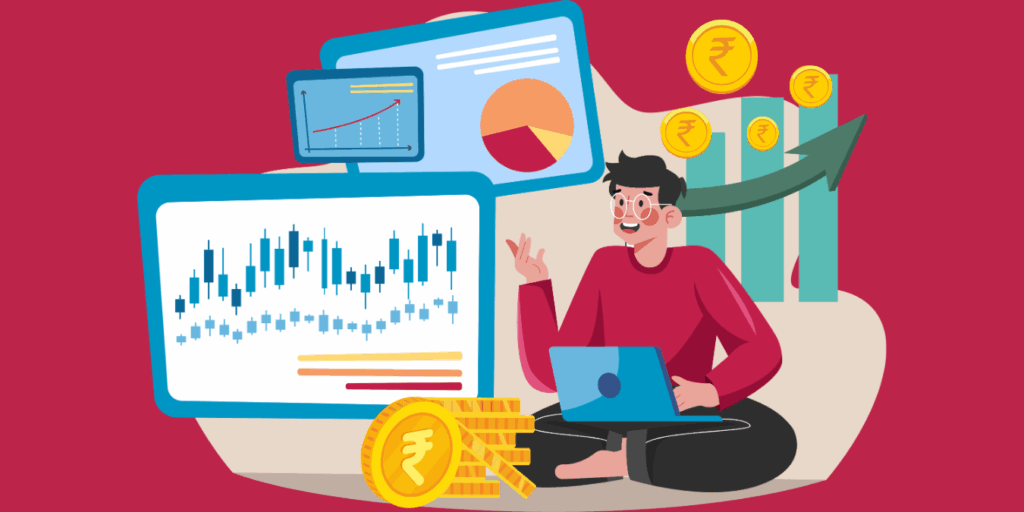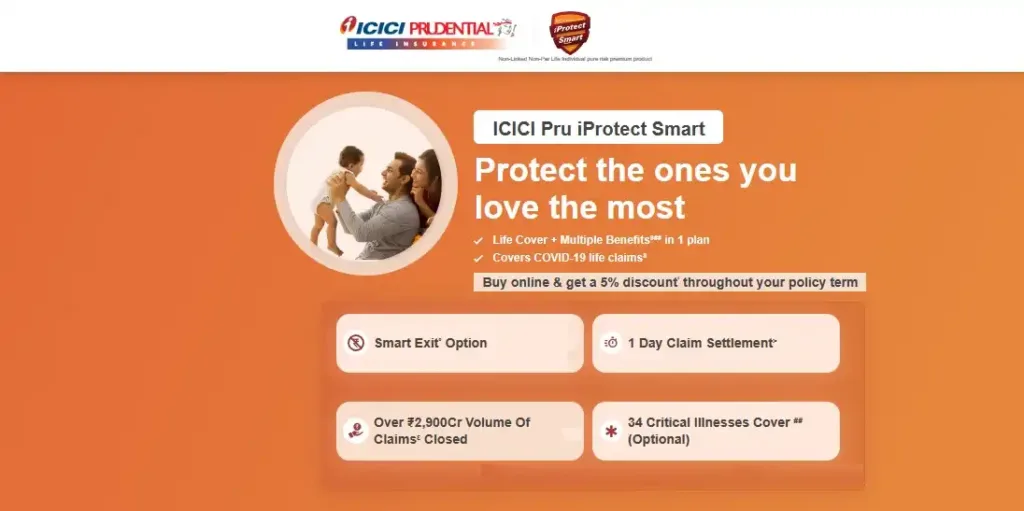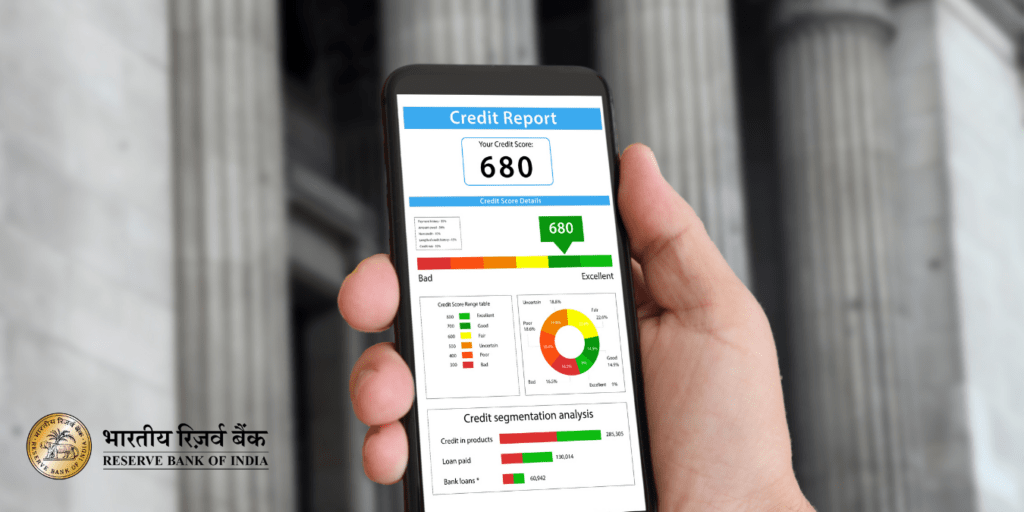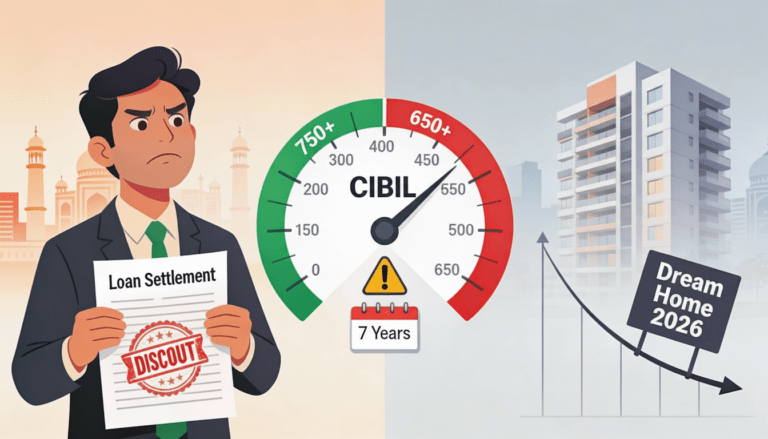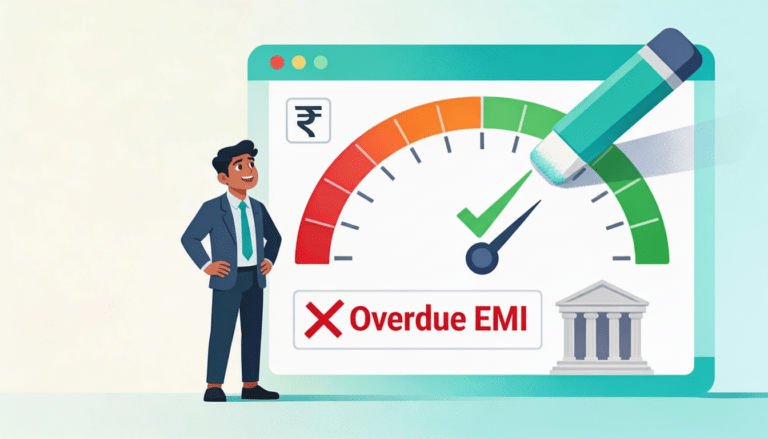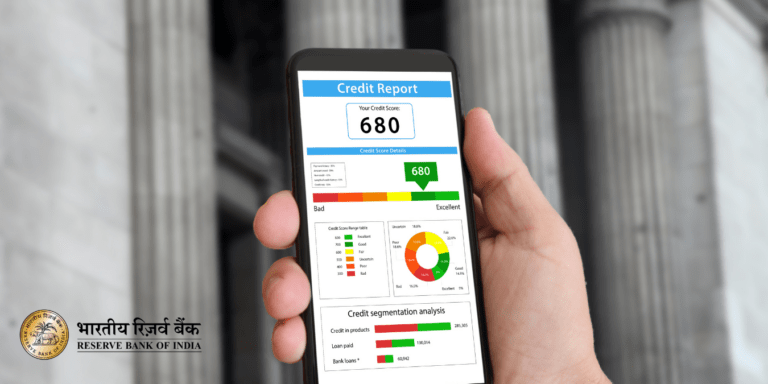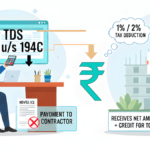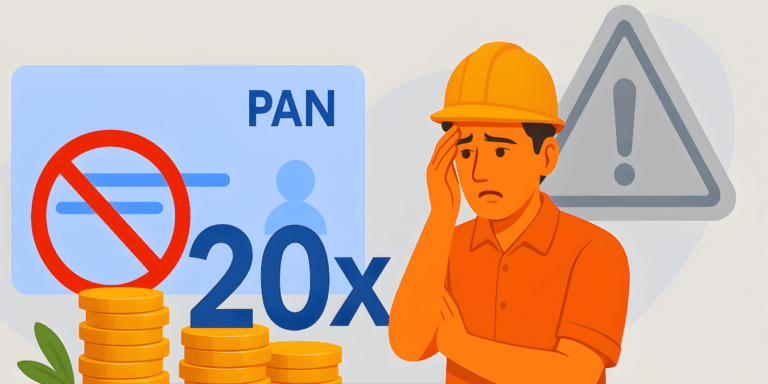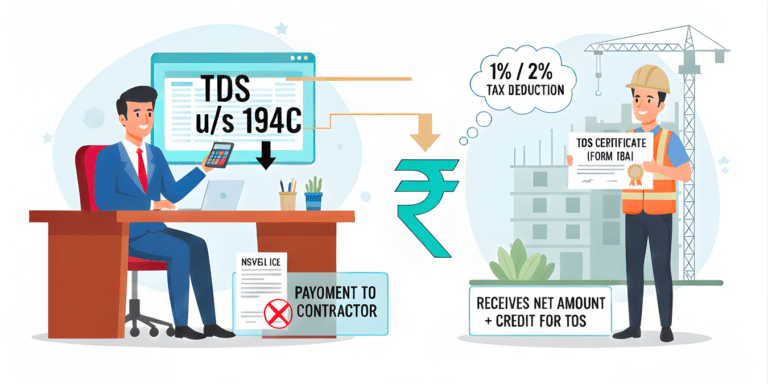
No credit card needed! The Credit Line on UPI, supercharged by RBI’s updates, offers instant loans, asset-backed credit, and cash withdrawals, outshining traditional cards. With 15 billion monthly UPI transactions, is this India’s digital credit revolution?
In the past, you’d fumble for a credit card or walk away, promising yourself “next time.” But now, you pull out your smartphone, scan a QR code, and pay instantly, drawing from a hidden pool of credit as seamless as your daily UPI transactions. Sounds like a scene from a futuristic movie? It’s not. It’s India in 2025, and this is the power of the Credit Line on UPI—a financial innovation that’s quietly revolutionizing how millions borrow and spend. But what exactly is this mysterious feature, and why is it outpacing the trusty credit card? Buckle up as we unravel this financial enigma, packed with the latest updates from the Reserve Bank of India (RBI) and the National Payments Corporation of India (NPCI). By the end, you’ll know if this is the game-changer your wallet has been waiting for. Curiosity piqued? Let’s peel back the layers of suspense, one revelation at a time.
The Dawn of Credit Line on UPI: India’s Newest Financial Marvel
At the heart of India’s digital payment ecosystem lies the Unified Payments Interface (UPI), a juggernaut that processed a staggering 15.47 billion transactions in July 2025, according to NPCI data. From street vendors to e-commerce giants, UPI has transformed how India pays, accounting for over 40% of global real-time digital transactions. But what if UPI could do more than move money from your savings account? Enter the Credit Line on UPI, a groundbreaking feature launched by the RBI in September 2023, designed to bridge the gap between instant payments and accessible credit.
So, what is it? A Credit Line on UPI is a pre-approved credit facility linked directly to your UPI ID, allowing you to borrow funds through apps like Google Pay, PhonePe, or Paytm without touching your bank balance. Think of it as a virtual loan limit sanctioned by banks or Non-Banking Financial Companies (NBFCs), tailored to your financial profile—your income, credit score, or even assets like fixed deposits (FDs), gold, or shares. Unlike traditional loans with cumbersome paperwork and weeks-long approvals, this credit is ready to use almost instantly, charging interest only on the amount you spend.
Here’s how it works, with a dash of suspense to keep you hooked: You apply through your bank’s app or UPI platform, undergo a swift eligibility check (often minutes for existing customers), and—poof!—a credit limit appears in your UPI wallet. Picture yourself at a kirana store, scanning a QR code for groceries. Your UPI app prompts you to choose: bank account or credit line? Select the latter, enter your UPI PIN, and the payment zips through, drawing from your pre-approved credit. Repayment? Flexible Equated Monthly Instalments (EMIs) or lump sums, often with grace periods up to 45 days, mimicking credit card cycles but embedded in UPI’s sleek, user-friendly interface.
But here’s the twist that raises the stakes: As of August 2025, the RBI and NPCI have turbocharged this feature, making it more versatile than ever. A July 10, 2025, NPCI circular expanded the scope to include credit lines backed by diverse assets—property, gold, FDs, shares, mutual funds, and even Kisan Credit Card (KCC) loans. This means you could unlock up to ₹1 lakh daily for peer-to-merchant (P2M) or peer-to-peer (P2P) transactions, or ₹10,000 for cash withdrawals at UPI-enabled ATMs, all without juggling separate loan apps. Small Finance Banks (SFBs) like Ujjivan and AU Small Finance Bank joined the ecosystem in February 2025, extending access to rural borrowers and underserved segments, aligning with RBI’s vision of financial inclusion.
Why does this matter in 2025? India’s credit penetration stands at a mere 20% of GDP, far below global averages, leaving millions excluded from formal credit systems. With only 5% of Indians owning credit cards, the Credit Line on UPI is RBI’s bold move to democratize credit, enabling micro-loans for everyday needs like buying a smartphone or paying utility bills. But is it truly superior to the plastic powerhouse in your wallet? Hold that thought—the suspense is building, and we’re about to dive into the latest updates that could reshape your financial habits.
Latest Updates: RBI's Bold Moves and What They Mean for You
Fast-forward to August 16, 2025: India's financial landscape is abuzz with fresh RBI and NPCI guidelines, effective from August 31, that elevate the Credit Line on UPI to new heights. These aren't mere tweaks; they're game-changing enhancements that could redefine how you borrow and spend. Let's unpack the key updates, each layered with implications for your wallet:
- Purpose-Aligned Usage: Banks now ensure credit lines are used for their intended purpose. For example, a business loan can't fund a luxury vacation. This adds accountability, protecting your credit score and ensuring compliance with loan terms.
- Asset-Backed Expansion: You can now link pre-approved credit lines secured against FDs, bonds, shares, gold, property, or KCC loans to your UPI ID. Imagine tapping into your FD's value without breaking it, with daily limits up to ₹1.5 lakh for P2P transfers (subject to credit-specific caps).
- Real-Time Monitoring and Compliance: Issuers like banks and NBFCs track transactions in real-time, flagging anomalies like overspending or restricted uses (e.g., gambling or crypto trading). This aligns with RBI's Payments Vision 2025, emphasizing security and inclusion.
- Cash Withdrawal Integration: Starting August 31, 2025, you can withdraw cash from UPI-enabled ATMs using your credit line, capped at ₹10,000 per day. This bridges the digital and physical worlds, making credit more versatile.
These updates, detailed in NPCI's July 2025 circular (OC-171-A), respond to UPI's explosive growth—over 15 billion monthly transactions—and the need for robust credit integration. For users, it means faster access: Eligibility checks now leverage Aadhaar, PAN, and UPI transaction data for near-instant approvals, often within minutes for existing bank customers. Small businesses, farmers, and gig workers benefit most, as SFBs and NBFCs extend credit to those previously excluded from formal systems.
But here's the suspenseful question: How does this stack up against credit cards, which dominate India's ₹20 lakh crore credit market? Before we unveil the showdown, let's demystify how to activate this feature—because knowledge is power, and anticipation is key.
How to Activate Your Credit Line on UPI: A Step-by-Step Guide to Empowerment
Ready to unlock this financial superpower? Activating a Credit Line on UPI is as seamless as sending a payment, but it comes with a few critical steps. Here's a clear guide, inspired by Paytm's August 2025 insights, to get you started:
- Check Eligibility: You must be 18+, have a credit score above 650, a stable income, and an active savings account with a UPI-enabled bank (e.g., HDFC, ICICI, SBI, or SFBs like Ujjivan). A linked UPI ID is mandatory.
- Apply via App: Open your UPI app (e.g., BHIM, Google Pay, or bank-specific apps). Navigate to the 'Credit' or 'Loans' section and select 'Apply for Credit Line.' Some banks integrate this in their net banking portal.
- Document Submission: Upload KYC documents—PAN, Aadhaar, and income proof (salary slips or ITR). Banks use digital tools like Account Aggregator for instant verification, often completing checks in minutes.
- Approval and Linking: Once approved, your credit limit (ranging from ₹5,000 to ₹5 lakh, depending on your profile) is sanctioned. Link it to your UPI ID and set a separate PIN for credit transactions to enhance security.
- Activation: Confirm via OTP sent to your registered mobile number. Your credit line is now live, with real-time balance checks, usage tracking, and repayment options available in-app.
Pro Tip: Ensure your mobile number is updated with your bank for seamless linking.
Do's: Monitor usage via app dashboards to avoid interest traps; stick to merchant payments (P2M) as P2P transfers may be restricted.
Don'ts: Avoid overspending or using the credit line for restricted categories like gold purchases or stock trading, as banks like Axis enforce strict usage rules.
With activation unlocked, the stage is set for the ultimate reveal: Why does the Credit Line on UPI outshine the credit card, and is it the future of borrowing in India?
The Showdown: How Credit Line on UPI Outshines Credit Cards
Credit cards have been India's go-to credit tool, with 108 million cards in circulation by mid-2025, per RBI data. They offer rewards, EMI options, and global acceptance, making them a staple for urban consumers. But here's the suspenseful twist: The Credit Line on UPI isn't just an alternative—it's often superior, especially for India's digital-first, inclusion-driven landscape. Let's break it down with data and expert insights, revealing why UPI is stealing the spotlight.
- Seamless Integration and Accessibility: Credit cards require physical or virtual issuance, lengthy applications, and annual fees (₹500-₹5,000). In contrast, UPI credit lines live in your smartphone, integrated into apps used by 1.5 billion Indians daily. Apply once, use forever—no wallet bulk, no lost-card hassles. For the 500 million+ UPI users, it's a frictionless experience.
- Financial Inclusion for the Underserved: Here's where the suspense peaks: Only 5% of Indians own credit cards due to strict eligibility (high income, credit score). UPI credit lines target this gap, extending to gig workers, farmers, and rural borrowers via SFBs and asset-backed loans (e.g., against FDs or gold). RBI's 2025 expansion leverages alternative data (UPI transaction history) to approve credit for those without formal credit scores, bridging India's ₹50 lakh crore credit gap.
- Lower Costs and Merchant Benefits: Merchants pay 1-2% Merchant Discount Rate (MDR) on credit card transactions, a cost passed to consumers indirectly. UPI transactions, including credit lines, are zero-cost for small amounts (up to ₹2,000), making them attractive for kirana stores and small vendors. For users, interest rates on UPI lines (12-18% p.a.) often undercut credit cards (24-36% p.a.), especially for short-term borrowing, with no foreign transaction fees.
- Enhanced Security and Control: Credit cards expose details during swipes, risking fraud. UPI uses virtual IDs and two-factor authentication (UPI PIN), reducing risks. Manage everything in one app—check balances, repay, or pause lines—unlike credit cards' separate statements or helplines. Real-time monitoring flags overspending instantly, aligning with RBI's cyber resilience guidelines.
- Flexibility and Rewards in UPI Ecosystem: Borrow only what you need, paying interest solely on the utilized amount—unlike credit cards' full-limit exposure. UPI credit lines offer cashback, points, and EMI options, integrated with daily UPI perks like bill payments or travel bookings. For merchants, 90% accept UPI vs. 40% for credit cards, expanding your spending horizons.
- Lifecycle Management and Inclusivity: Banks provide in-app insights, eligibility checks, and repayments, streamlining what cards complicate. For businesses, lower fees drive adoption; for users, it's empowerment without plastic dependency. Post-2023 launch, UPI credit volumes surged 300% by 2025, per EY reports, outpacing credit card growth (15%).
But no revolution is flawless. Drawbacks? UPI credit lines carry overspending risks, dependency on UPI uptime, and limited international use (UPI is domestic-focused). Credit cards excel in global travel and high-value purchases, with established reward ecosystems. Yet, for everyday India—kirana shops, online marketplaces, and small-ticket needs—UPI's accessibility and cost-efficiency reign supreme.
The Future Beckons: Is Credit Line on UPI Your Next Move?
As we close this journey, the suspense resolves: The Credit Line on UPI isn't just a feature—it's India's gateway to inclusive, instant credit, outpacing credit cards in accessibility, cost, and integration. With 2025 updates like asset-backed linkages, cash withdrawals, and real-time monitoring, it's poised to redefine borrowing for billions. Data backs this: UPI's 15 billion monthly transactions and 300% credit volume growth signal a seismic shift, filling India's credit gap where cards fall short.
Curious enough to act? Open your UPI app today—check if your bank (SBI, HDFC, ICICI, or SFBs) offers this feature. But a word of caution: Borrow wisely. Overspending can trap you in debt, and restricted categories (e.g., crypto, gambling) are off-limits. The digital credit era is here, blending UPI's simplicity with credit's power. Will you embrace it, or stick to the plastic in your pocket? The choice is yours, but the revolution is unstoppable.

